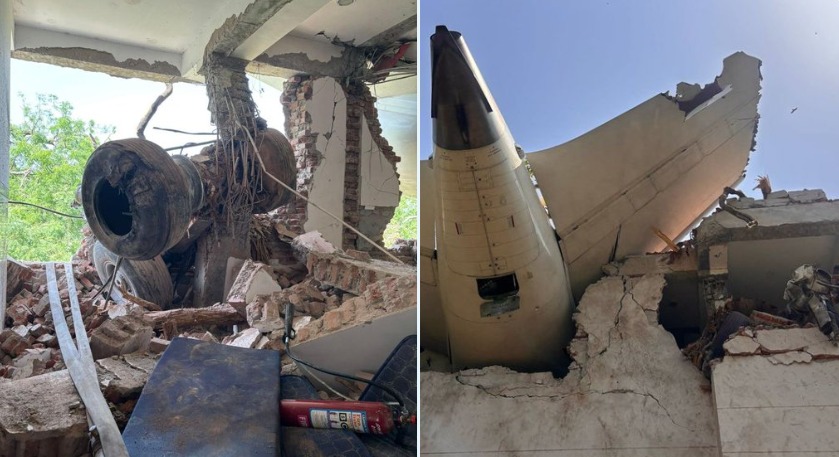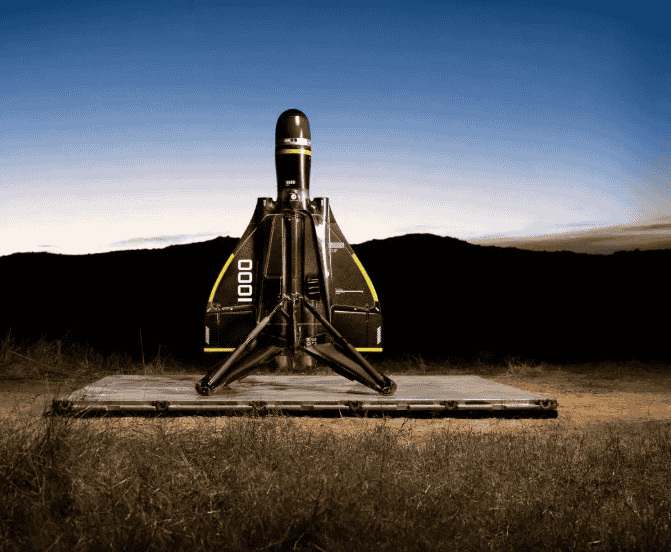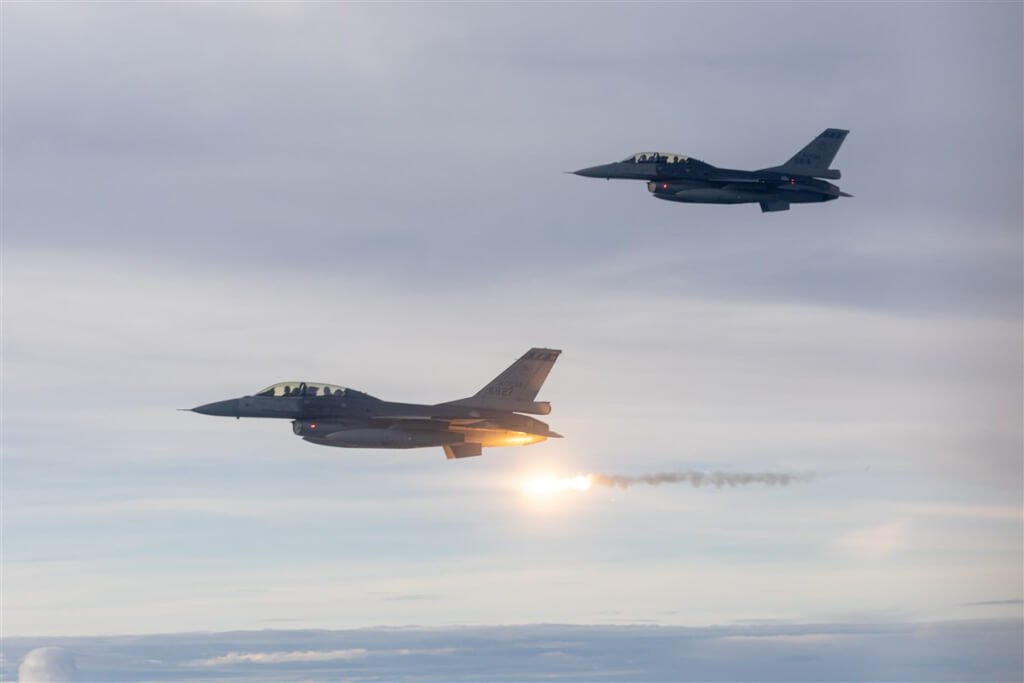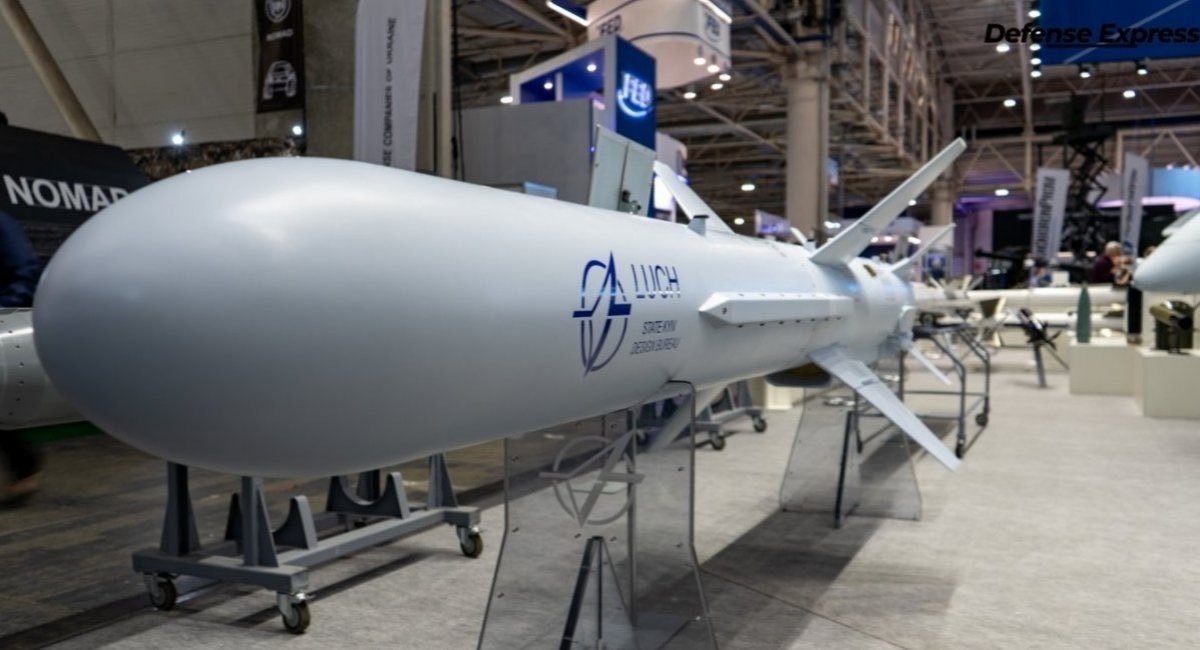OPED By Capt Dilip Desmond
It’s been almost a month since the tragic crash of AI 171 at Ahmedabad International Airport.
As we await the official outcome of the Aircraft Accident Investigation Bureau (AAIB) reports, speculation continues to circulate widely across social media platforms. Many self-styled experts, some with little or no connection to aviation, have begun sharing, often bizarre theories about what may have transpired on that fateful day.
While freedom of expression remains a cornerstone of modern discourse, the indiscriminate flooding of digital channels with poorly researched conspiracy theories is far from constructive, especially when it concerns aviation safety.
In an effort to offer a more informed perspective, I’ve decided to present my own theory regarding the accident, based on available data and reports from news outlets, aviation professionals, and my own experience as a former B-777 pilot of Air India.
Please note that this is a speculative assessment and not an official account.
The Following Assumptions Form The Basis Of My Analysis:
- Extended take-off roll: Video footage indicates the aircraft used a longer than normal stretch of the runway, evidenced by white smoke visible toward the runway’s end.
- Landing gear anomaly: The gear reportedly remained extended even after the pilots selected the gear lever to “up,” suggesting a possible hydraulic, mechanical or sensor issue.
- Limited climb altitude: The aircraft climbed only to approximately 625 feet before entering a descent.
- Absence of cockpit warnings: Initial reports indicate that no audible warnings or alerts were issued during the critical phases.
- Thrust reduction at low altitude: The engines appeared to revert to idle thrust at approximately 600 feet, which could indicate a system error or a pilot-initiated action due to a perceived malfunction.
- Ram Air Turbine (RAT) deployment: The RAT typically activates during total electrical failure or dual-engine shutdown, indicating a significant systems failure.
- Pilot seat movement: It’s speculated that one pilot’s seat slid during rotation, which may have impacted initial control inputs and contributed to loss of thrust intermittently.
- Fuel control switch recycling: The crew allegedly recycled fuel control switches mid-air, a known method for engine relights under emergency conditions, although it is usually carried out at higher altitudes.
While these assumptions are grounded in publicly available sources and preliminary observations, they may not reflect the full scope of the accident. Nevertheless, they align with known anomalies observed in past incidents involving Boeing 787 aircraft.
Take-Off Phase & Possible Disruptions
- The aircraft’s take-off roll was smooth until reaching V1, the critical decision speed beyond which an aborted take-off is no longer feasible due to insufficient runway remaining.
- After crossing V1, a possible thrust reduction or distraction in the cockpit may have delayed rotation. There’s speculation that the pilot’s seat slid backwards, potentially pulling the thrust lever. Although unlikely, this scenario could explain a delayed liftoff.
- It’s worth noting that even if the thrust lever was inadvertently pulled back, auto-throttle protection would eventually return engines to take-off power.
Initial Climb & Gear Anomaly
- Upon liftoff, the Pilot Not Flying (PNF) would typically call “Positive Rate” based on the vertical speed indicator and altimeter.
- The Pilot Flying (PF) then commands “Gear Up,” and the PNF selects the gear lever to the UP position.
- However, the landing gear remained extended, suggesting a hydraulic or mechanical fault, an issue to be examined further.
Sudden Thrust Loss & RAT Deployment
- The aircraft climbed to approximately 400 feet AGL, or roughly 600 feet indicated, considering Ahmedabad’s field elevation.
- At this point, both engines reportedly reverted to idle, and the Ram Air Turbine (RAT) was deployed, indicating major electrical or engine failure.
- The pilot issued a Mayday call, stating: “Thrust not achieved, going down.” Notably, this wasn’t a “dual engine failure” call, implying the engines didn’t flame out but were not producing usable thrust.
- The aircraft descended without generating any master caution warnings and ultimately crashed into a nearby building.
Historical Parallels: The ANA B787 Incident (2019)
To understand this event better, we must revisit a similar anomaly involving a Boeing 787 operated by ANA in 2019:
- After landing, the aircraft engaged reverse thrust and both engines flamed out instantly.
- Though no injuries occurred due to being on the ground, the NTSB investigation revealed an unsettling cause: a software flaw in the FADEC (Full Authority Digital Engine Control) system.
- Investigators stated that the pilot activated thrust reversers too quickly, before the aircraft transitioned from flight to ground mode.
- This explanation is questionable because thrust reversers are mechanically locked until Weight on Wheels (WoW) micro-switches confirm the aircraft is firmly on the ground.
- The incident suggests a disconnect in WoW signals where the mechanical system allowed thrust reverser deployment, but the software did not register the aircraft as “on the ground.”
- If these conflicting signals stemmed from a deeper flaw in WoW logic interpretation, it raises serious concerns about similar vulnerabilities in the 787’s systems, potentially relevant to AI 171.
This theory highlights how certain systemic flaws may not have been fully addressed or publicly scrutinized in the aftermath of the ANA incident. If these inconsistencies in WoW sensor data persist, the implications for the 787’s FADEC and flight safety are profound.

Was It the WoW Micro Switches?
It’s increasingly likely that the Weight-On-Wheels (WoW) sensor logic played a key role in the AI 171 crash. During the take-off roll, a potential software glitch or electrical malfunction may have prevented WoW sensor signals from reaching critical aircraft systems.
As a result, even though the aircraft became airborne, the system may have erroneously believed it was still on the ground: exactly the opposite of what occurred in the ANA 787 incident, where the system misclassified an airborne aircraft as on the ground and prevented the gear from retraction.
Airborne In-Ground Mode: A Dangerous Misconception
After take-off, the aircraft climbed to about 400 feet AGL, a critical point where multiple system transitions occur, including the reduction from TOGA (take-off and Go Around) thrust to Climb thrust.
Here’s the issue: if FADEC (Full Authority Digital Engine Control) logic incorrectly believes the aircraft is on the ground, it may reduce engine thrust to ground idle, overriding the pilot’s inputs.
On the 787, FADEC has the authority to override thrust lever commands based on its operating mode. In this scenario, the pilots may have tried to advance the thrust levers to regain TOGA power, but FADEC kept them locked at idle due to the false “ground mode” signal.
RAT Deployment: Unexpected and Unexplained?
With both engines at idle, the aircraft began to descend. What’s puzzling is the deployment of the Ram Air Turbine (RAT), something that should only occur under:
- Complete electrical failure
- Hydraulic system failure
- Dual engine failure
- Manual deployment by pilots
Yet none of these conditions were definitively present.
Here’s what might have triggered RAT deployment:
- Idle RPM misclassification: The FADEC was in ground mode, commanding ground idle. But RAT is programmed to deploy when the engine RPM (N1) drops below flight idle thresholds. Since ground idle is lower than flight idle, RAT may have falsely interpreted this as a flight with both engines failing.
- Desperate action: Alternatively, the pilots may have manually deployed the RAT as per the Dual Engine Failure/Stall memory items, which include:
- Cycling fuel control switches to “Cutoff” and back to “Run”
- The next memory item is Manual RAT deployment.
Either scenario suggests the pilots were responding to a situation beyond what normal protocols could recover.

The Root Cause: Faulty Logic, Not Faulty Flying
The key issue appears to be software logic failure. The 787’s FADEC system, designed to be protective and automated, may have misinterpreted WoW signals. This error cascaded into multiple system malfunctions:
* Incorrect thrust rollback
* Disabling of pilot override
* RAT deployment based on false assumptions
This isn’t merely a mechanical error but a profound systems-level failure rooted in how sensor data is interpreted and acted upon. Such logic flaws, if proven, underscore the need for better ‘fail-safe’ logics in distinguishing air and ground modes.
Who Should Command the Aircraft: Pilot or Computer?
One of the core questions in modern aviation is Who should have ultimate control? Human pilots or automated systems? The crash of AI 171 brings this question into sharp focus, especially regarding Boeing’s decision to allow FADEC (Full Authority Digital Engine Control) to override pilot inputs under extreme conditions.
This decision appears to be rooted in the broader philosophy of automation, which encompasses everything from driverless cars to future pilotless aircraft. The underlying logic among designers is: If autonomous cars can navigate roads safely, why not autonomous aircraft in the skies?
However, this approach reveals a critical flaw. The software engineers who design driverless cars are often drivers themselves who understand the nuances of road behaviour and driving environments.
Flying, by contrast, is an entirely different realm. It’s a complex activity that defies many natural laws and depends on deep technical understanding and instinctual decision-making that often can’t be fully captured by code.
Expecting software engineers who are not trained pilots to anticipate every possible permutation and combination of in-flight scenarios and code them into precise logical sequences is unrealistic without any real-world flying experience.
It’s believed that Boeing shares system knowledge on a need-to-know basis, meaning many FADEC logic structures aren’t fully disclosed even to aircraft operators, pilots, or engineers.
Developing pilotless aircraft involves rigorous regulatory requirements, including proof of reliability over thousands of safe flight hours under varied conditions. The FADEC logic to override pilot input may be part of early steps in that direction. But it raises a serious concern: can automation truly substitute pilot judgment in critical moments?
It’s worth noting that Airbus’s A350 design allows pilots ultimate control, even with extensive fly-by-wire systems. This underscores a different philosophy, where automation assists, rather than commands.
If AI 171’s crash was due to a software flaw, the consequences for Boeing could be profound. Not only from a legal or financial standpoint, but in terms of aviation safety credibility.
Any attempt at covering up such systemic vulnerabilities would run counter to the principles of flight safety and transparency.
- Captain Dilip Desmond is a former Indian naval fighter pilot and a retired Air India B777 pilot.
- This is an Opinion Article. Views Personal of the Author






